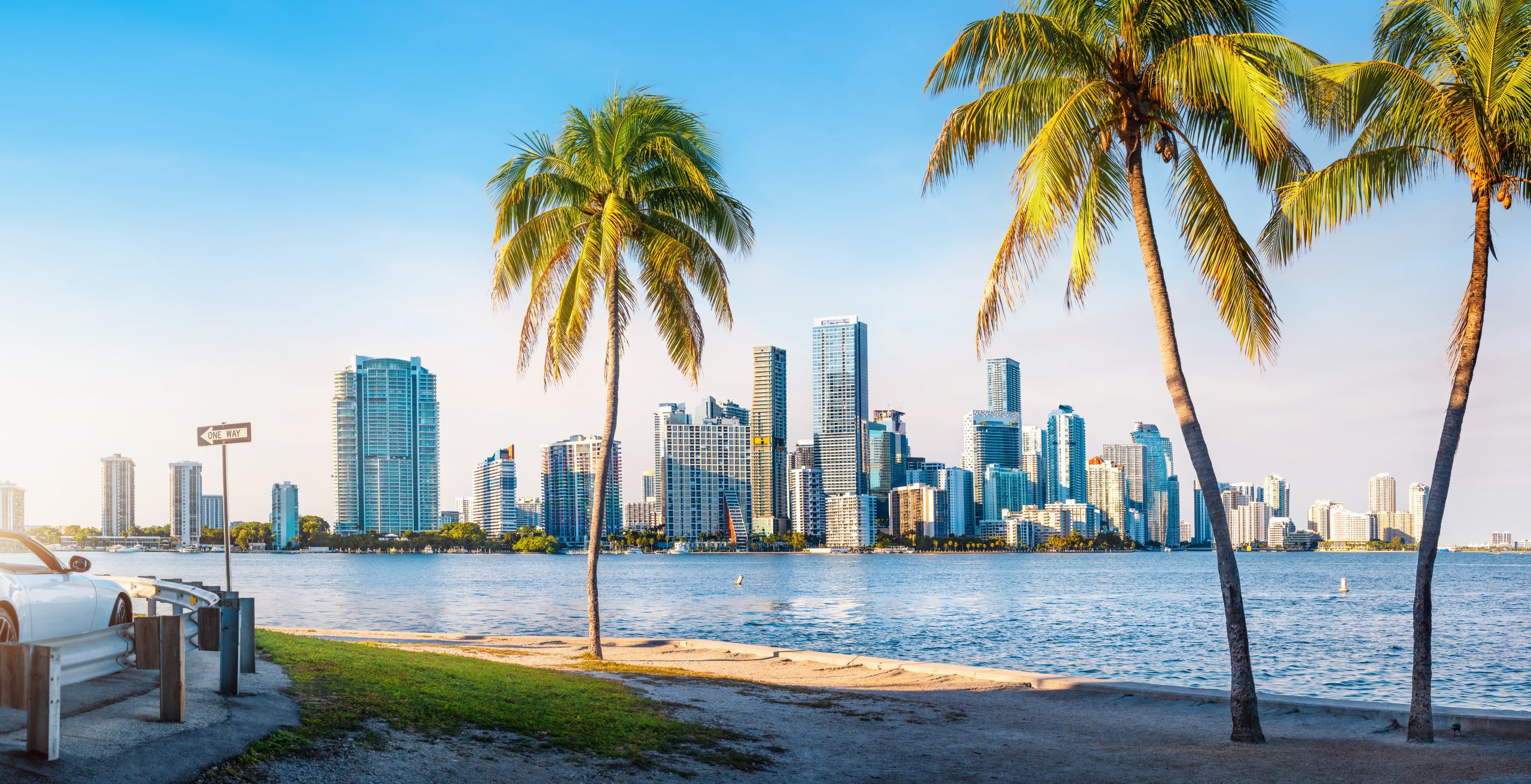Why a wine from Uruguay is being sold by the Bordelais
If you are a fine wine in need of rapid global distribution, then the négociants of Bordeaux can be an ideal solution. But what convinced them to take on a label from Uruguay?
To better understand how a singular fine wine brand from Uruguay called Balasto ended up disseminated worldwide by the distribution system of Bordeaux, known as La Place, db spoke to former Asian export director for Chile’s Almaviva Winery, Andres Ballesteros, who has since set up Quattro Global Fine Wine Solutions – a business that’s helping Balasto on its path to achieve a global presence.
As those who know the fine wine market well will tell you, the négociants of Bordeaux are handling more fine wine brands from beyond their regional borders, as they see an opportunity for critically-acclaimed products from a range of sources, particularly in emerging markets such as China.
Not only can these brands bring profits to “more adventurous” negociants, but also give them something to sell later in the year – generally the non-Bordeaux fine wines are released in September.
Among such labels are four from South America: the aforementioned Almaviva, along with Chile’s Seña and Argentina’s Catena, and Uruguay’s Balasto – which in fact joined the French distribution system ahead of Catena’s top labels: which are Nicolás Catena Zapata and Adrianna Vineyard Mundus Bacillus Terrae Malbec.
For Ballesteros, getting this newcomer fine wine from Uruguay sold through La Place was an important step in its desire to become a global fine wine brand.
“If you look at the wines in the hands of the negociants that are not from Bordeaux, then, in the mid and long term, they tend to be perceived as more prestigious,” he explained, during a discussion earlier this year.
“And talking about Balasto, I realised that it had the components, the ingredients to sell like these wines; it is far superior to anything else from Uruguay,” he added, noting the high quality vineyards use to grow the grapes for the brand, the state of the art winery used in its production, and the high-profile consultant on the project: Italy’s Alberto Antonini.
Nevertheless, the Bordeaux négociant network still needed convincing that a wine like Balasto – which hails from Bodega Garzón in Uruguay’s Maldonado coastal region – will sell, and profitably.
As Ballasteros commented, not only was the positioning of Balasto correct, but so too was the investment behind its promotion – it is backed by Argentine oil and gas billionaire Alejandro Bulgheroni, and managed by Christian Wylie, formerly a senior figure at Chile’s Carolina Wine Brands.
“Talking to Christian, it was clear that he understood the specific requirements needed to come in and play the game, because you need to give the negociants what they want, which can be exclusive rights for certain markets, and an allocation held in a Bordeaux warehouse, which is an investment… Balasto complied with a checklist of elements that excludes most others,” he said.
Partner Content
But that’s not all, because the brand owner must also continue to spend on marketing activity to ensure the wine is drawn through this distribution system.
“You must invest in the brand and its image; the marketing has to come from the producers, and since we launched Balasto in Bordeaux, it has continued to build its position as a super icon wine,” he commented, noting that the label has been repeatedly presented at tastings all over the world.
Beyond this, there’s also the issue of price. “You also have to understand how to manage the price strategy, and respect the conditions of the Bordeaux negociants, the price they will take it, and the price they will sell it: you must allow the negociants to have a comfortable margin.”
So will it work? After all, not only is Balasto from a country not associated with fine wine production, but it is also made with a dominant grape rarely used in top end reds, Tannat, and it’s new: the launch vintage was 2015.
“Balasto is a high end wine, it has energy, it is intense, and it can age for a long time, it has the credentials to be presented to La Place,” said Ballesteros.
He continued, “I do believe that Balasto has the credentials to take to this model [of distribution], but I also understand that it will be a long term process.”
Read more:




